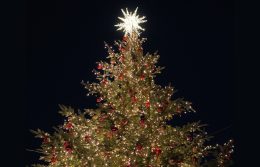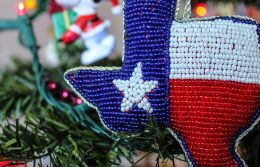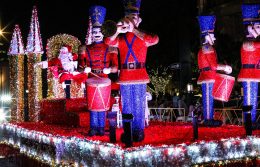The Great Kolache Showdown
They seem an innocent subject to cause any kind of upheaval. The little coronas, buoyant with jammy fillings, speckled with bits of errant sugar or half-melted cream cheese gobs, have sunny countenances. Some are square, with edges ragged from where they’ve been pulled apart from one another; others describe the shape of a lazy circle. All have a yeasty loft and the appeal of softness. They fit in your palm. And yet, the kolache is the subject of strongly divided opinions among Texans.
Flavor Profile
Across gaping state highways and over tiny main-street roads, dueling shops have every attribute of rival clans. Rancor rages over flavors and styles. Some will say the “true” fruit flavors are prune, poppy seed, apricot, and cherry. Others will admit strawberry and blueberry, and throw in pumpkin and cream cheese.
In slick new spots, sweet kolaches might preen alongside cake balls, crested with key lime curd, the dough’s puffy pillow a vehicle for Japanese satsuma. In more traditional locales, the few proven flavors are lined up in formidable rows like soldiers.
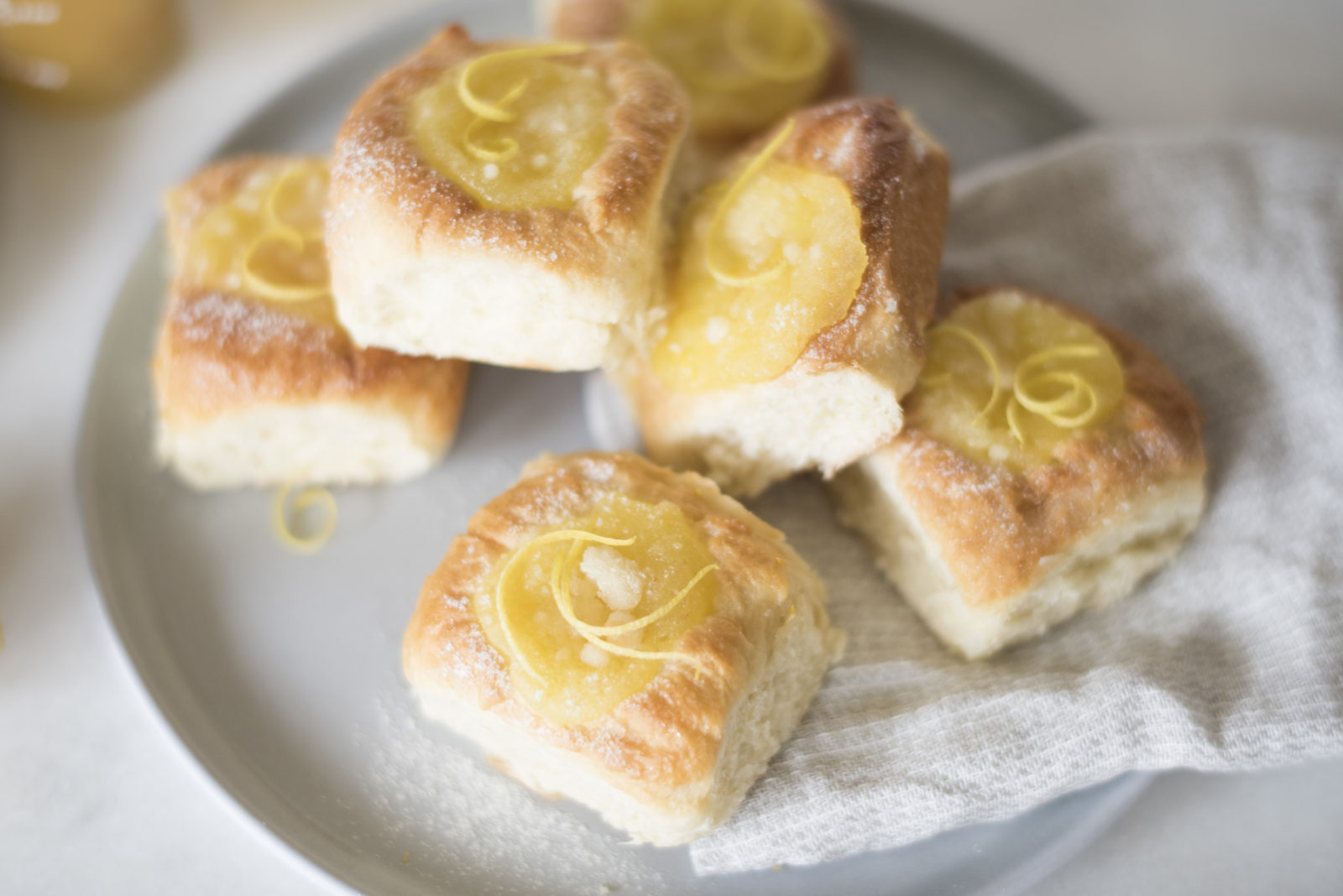
Origin Story
A quick roster of kolache bakery names, with their old-timey spellings, tells you something important about the cultural significance of kolaches. These pastries that now represent Western New World Texas are inherited from Eastern Old World Europe.
- Czech Stop, West
- Dignowity Kolaches, San Antonio
- Donut Taco Palace II, Austin
- Gerik’s Ole’ Czech Bakery, West
- Green’s Sausage House, Temple
- Hruska’s, Ellinger
- Kountry Bakery, Schulenburg, Hallettsville, Weimar, Eagle Lake, Victoria
- Slovacek’s, West
- Two Czech Chicks Kolache Shoppe and Bakery, Danbury
- Weikel’s Bakery, La Grange
Kolaches came to the Lone Star State with 19th-century immigrants from Bohemia, Moravia, and Silesia who arrived via Galveston and continued making their native pastries over wood stoves when they settled in Central Texas. In this state, home to the largest concentration of Czech Americans in the country, bakeries became havens where deep cultural affiliations played out. In these sought-out spots, yeast is the smell of paradise.
Today, the Czech Belt runs north to south across a swatch of Texas landscape dotted with old-country-style painted churches and heritage museums that celebrate the polka. Here you’ll find a range of places where the little traditional pastries snuggle together behind glass cases in displays that disappear toward a vanishing point.
Past and Future Kolaches
Traditionalists will seek out venison and bratwurst, or hickory-smoked blimps enfolding cheese. They’ll look to hot polish sausage, with or without sauerkraut. (Though, in truth, kolaches with a sausage tucked inside — like pigs in a blanket — are called klobasneks.) But you’ll also see roasted poblano, and kolaches chubby with eggs, potatoes, and chorizo, sounding for all the world like the breakfast tacos of Austin.
You’ll always find the classics, passed across a counter topped with jars of pickled eggs. But why stop there? A new generation of kolache-makers is asking how far they can take the pastry that has become a Texan fixture. Long gone are the days when the inclusion of jalapeño was the only Texification.
At Kolache Haven, in the music-fest-animated college town of Denton, you can get a decadent Philly cheesesteak rendition. And even at the landmark Czech Stop in West, the “new menu item” of 2016 was a Nutella kolache.
And so here we are: at a crossroads where cultural traditions defend their stake and new ones nudge in alongside them. At The Village Bakery in West, kolaches are still made over the vintage gas-fired oven from a grandmother’s recipe. But there are also the Kolache Factory-like large convenience store roadside emporia, where you can do everything but drop off your dry cleaning.
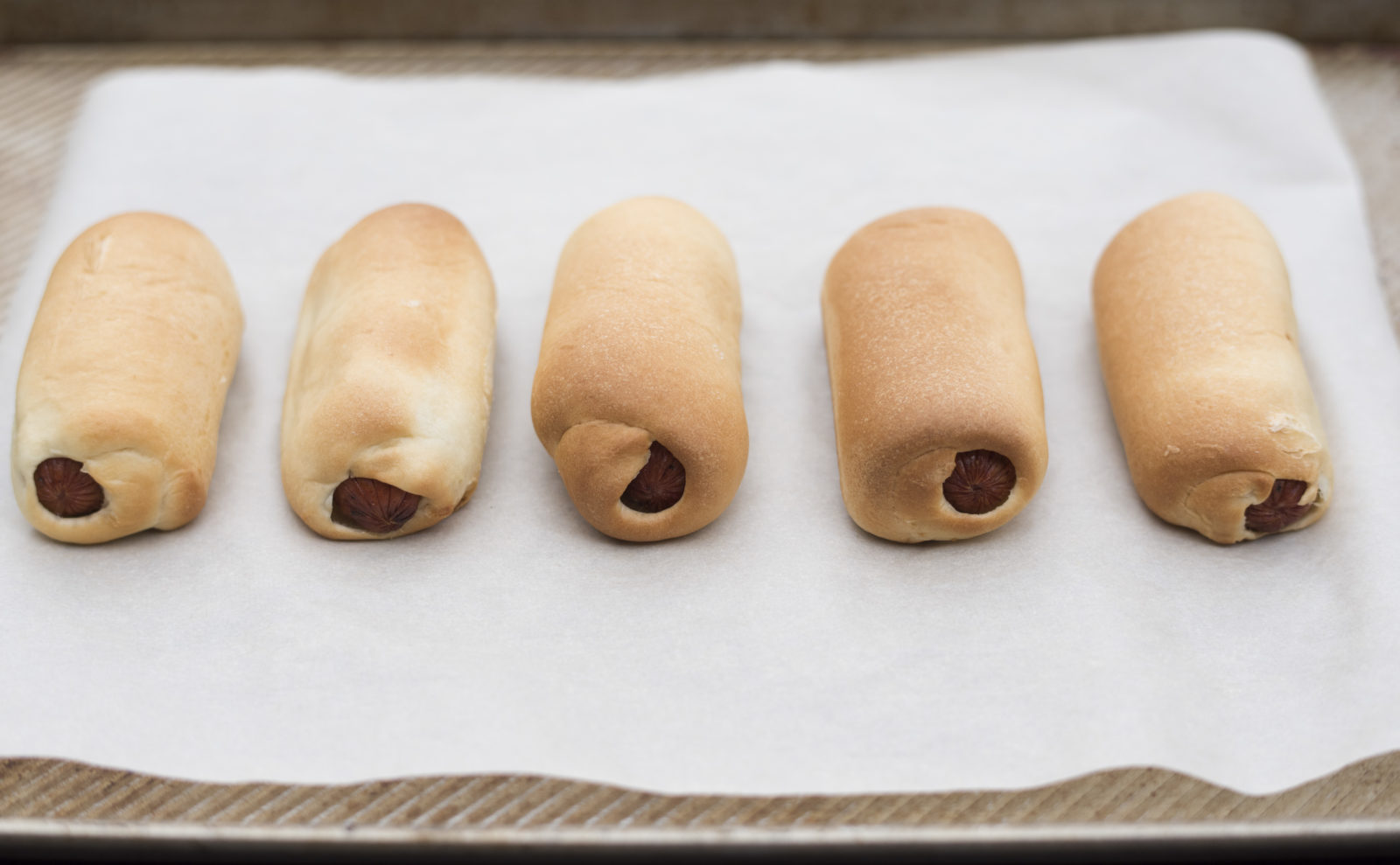
The Result
What, ultimately, you decide when you face the line of trays and the agonizing decisions — the kolache you gravitate toward — may say a lot about you.
I know my favorite kolache, and the best I’ve ever had remains the first: an apricot kolache that I ate under the Texas sky. The night glowed the ominous chartreuse of storm warnings, and forked flickers of violet lightning snaked across the horizon on an evening I drove from Austin to Dallas. The radio had been intermittently punctuated with tornado warnings. Shaken, I stopped in West.
I got out of my car, walked to the front door of the Czech Stop, where people clustered in the line that hardly ever wanes, pulled it open, and breathed in the aroma of heaven. I brought the kolache, warmed for me, out to my car and ate it while watching the sky. It was the first time this California transplant felt truly Texan.
For more Texas culture, follow the historic Texas Forts Trail on a path into our early history.
© 2018 Texas Farm Bureau Insurance

